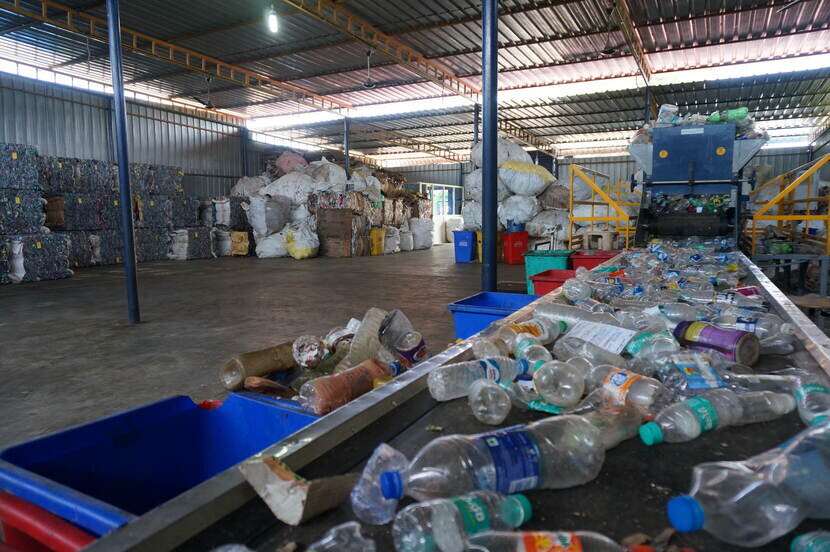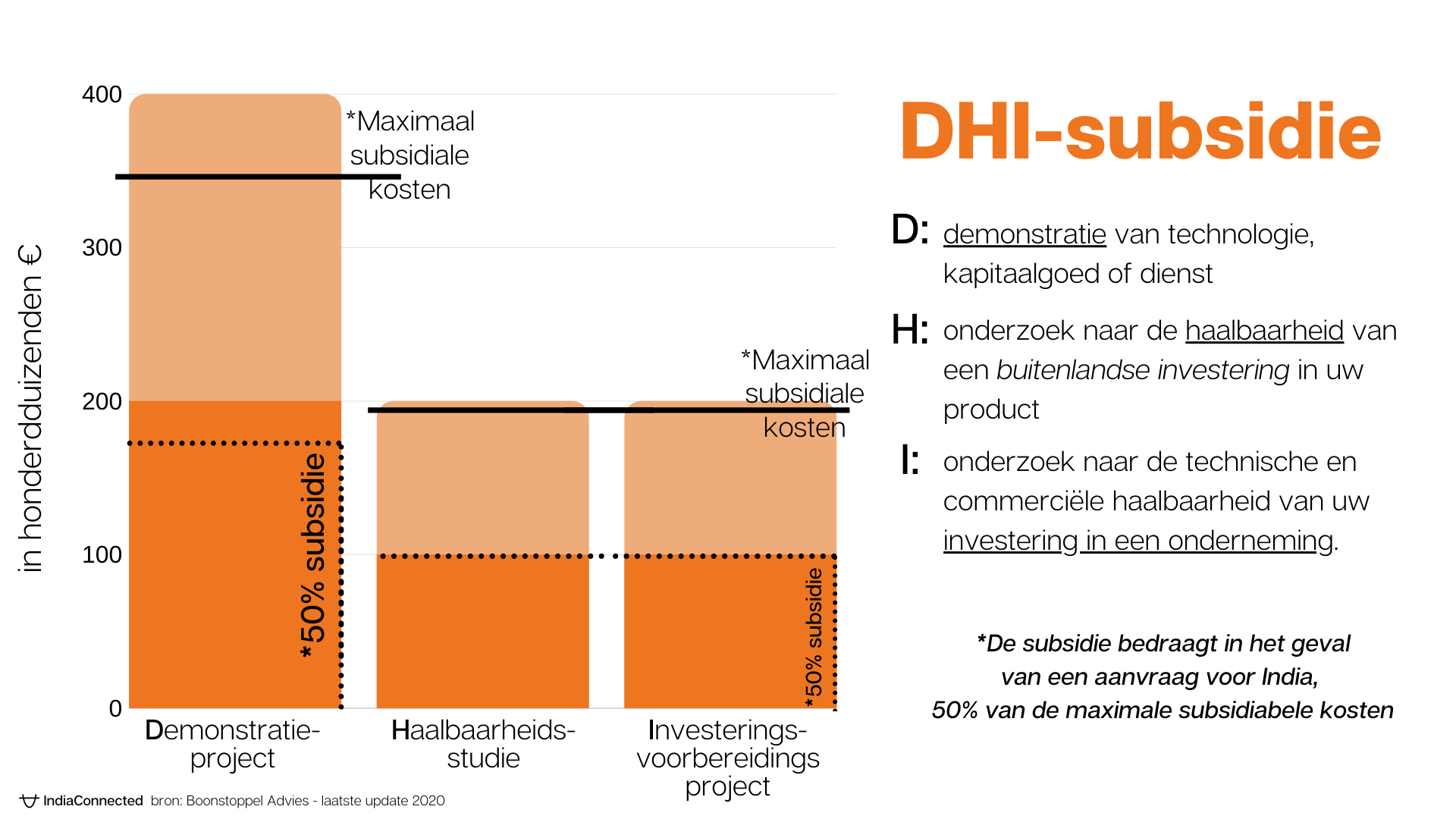The Indian government has dubbed this decade 'The Decade of Innovation'. Interest in smart, technological solutions is high in many sectors in India. The horticultural sector is a good example of this.. To succeed in India as a company, you have to have a physical presence there. Seeing is believing' is the motto and that certainly applies to expensive technology. A difficult task for Dutch companies that want to enter the Indian market with their high-tech products and machines. The Dutch government recognises this challenge and therefore offers Dutch SMEs the opportunity to take the first steps with the support of the so-called DHI subsidy.
Dutch company SweepSmart brings technology for municipal waste management and sorting centre to India
DHI grant: stimulating internationalisation
The purpose of the DHI grant is to increase the number of Dutch companies that successfully trade abroad. That success depends on good preparation, such as investigating at an early stage whether an export or investment project is feasible, or demonstrating the applicability of a certain export product or technology. An important condition of the scheme is that the activities make a positive contribution to the sustainable, local development of the DGGF countries. These are developing countries that fall under the Dutch Good Growth Fund, India being one of them.
The DHI scheme allows the creation of 3 types of projects, which are subject to the following conditions:
Demonstration project: demonstrating a Dutch product, technology or service in a real-life situation to as wide a group of buyers as possible. The technology, product or service must be new on the market of the country where you want to start. It is not the intention that the technology is presented at a trade fair and exhibiting a machine, for example, does not therefore fall under the DHI regulation. Finally, the expected export within 3 years must be at least 5 times the subsidy amount.
Feasibility study: The initiative lies with the foreign partner with whom cooperation is to take place. The partner is interested in the technology, product or service of the Dutch company. A feasibility study investigates whether the purchase is feasible and whether the investment can be earned back within the desired period. A feasibility study may not be a market research, there is already sufficient clarity on the size of the market, the intended design of the project, location, operation, financing and local impact.
Investment preparation project: Based on this project, the decision is taken to actually invest in one of the DHI countries. For example, a new production or service facility is set up in the target country, or the existing facility is expanded. This may be a subsidiary or a joint venture. However, it may not be a sales office. The company must already carry out substantial activities in the Netherlands and the investment abroad must logically result from the current activities, core business and strategy.
Four million euro available for DGGF countries
In 2020, a budget of EUR 4 million is available for activities in DGGF countries, which includes India. To participate, eligible costs per project must be at least EUR 50,000. The grant rate depends on the target country chosen; normally the grant is 50% of eligible costs. The proposal must also meet certain content requirements, which can be found here.
Take your first steps in India with confidence
So, do you want to demonstrate new technology, a machine or a service in India? Do you want to research the commercial or technical feasibility of a specific project in India? Or are you considering investing in a factory, joint venture or local office in India? Then you might be eligible for a DHI grant. We would be happy to discuss all financing options for your market entry in India with you. Then get in touch with us!


